Benchmark (YCSB) numbers for Redis, MongoDB, Couchbase2, Yugabyte and BangDB
High Scalability
FEBRUARY 17, 2021
This is guest post by Sachin Sinha who is passionate about data, analytics and machine learning at scale. Load stage is to load the data and then run stage we run the test. Load is consistent for all dbs for all tests as expected as this phase is to load the data. Author & founder of BangDB. Workload C: Read only.

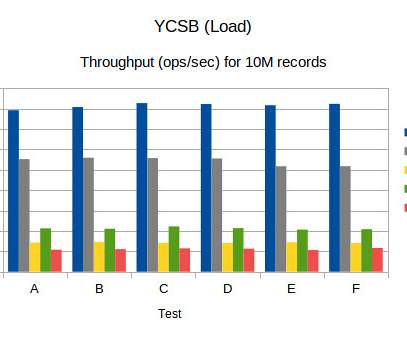



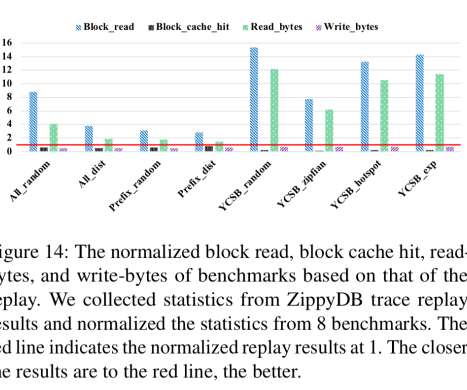









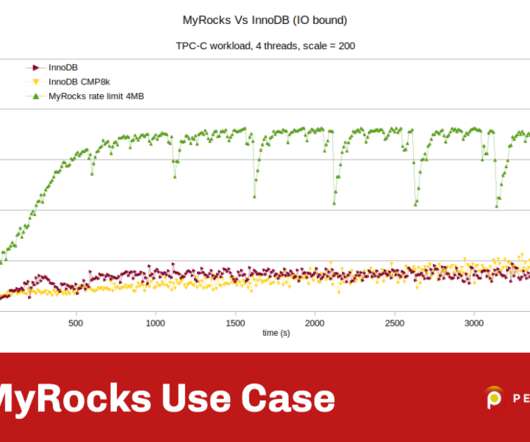






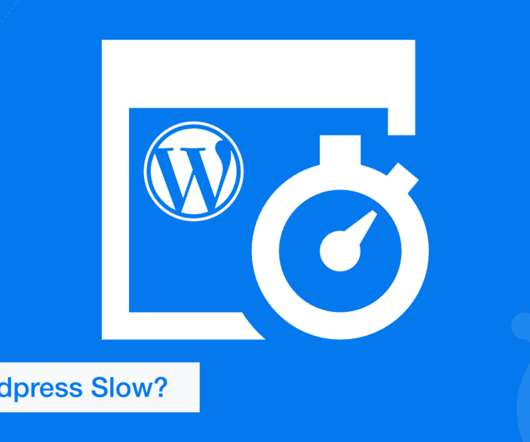
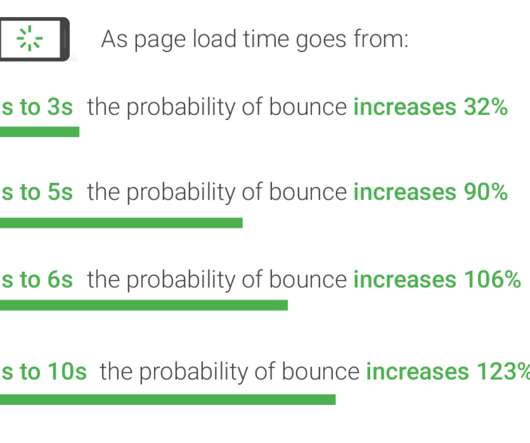






















Let's personalize your content